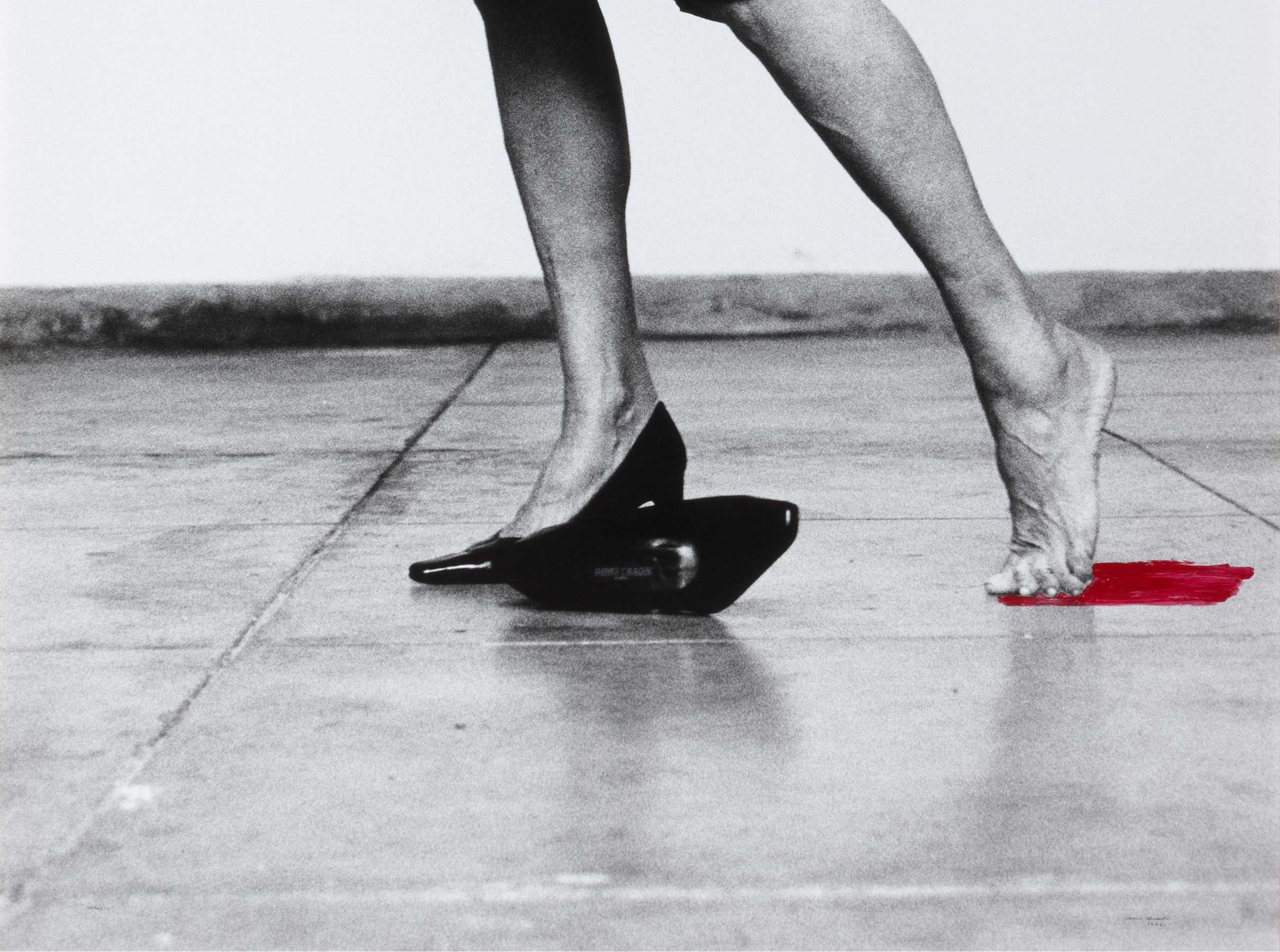Hiroshima
- 2018
- Digital copy.Giclée print on paper (308 g)
- 90 x 70 cm
- Cat. F_187
- Acquired in 2017
A raíz del descubrimiento de la fisión hacia finales de 1938, una serie de científicos se dedican especialmente a estudiar este fenómeno. Leo Szilard, Eugene Paul Wigner, Albert Einstein entre otros reciben en 1939 un crédito inicial por parte del gobierno de Estados Unidos para hacer una investigación profunda de la energía nuclear de cara al desarrollo de la bomba atómica.
La bomba atómica de uranio-235 es un dispositivo que obtiene una gran cantidad de energía no explosiva por medio de reacciones nucleares. Su procedimiento se basa en la fisión de núcleos atómicos pesados en elementos más ligeros, mediante el bombardeo de neutrones que, al impactar en dicho material, provocan una reacción en cadena.
El 6 de agosto de 1945 el presidente de los Estados Unidos, Harry S. Truman, ordena detonar la bomba atómica sobre la ciudad japonesa de Hiroshima, dentro del contexto de la Segunda Guerra Mundial. Se estima que el ataque causó la muerte de 166.000 personas.
Fotografía a un árbol junto a la orilla del río Ota, Hiroshima.
Other works by Aleix Plademunt

